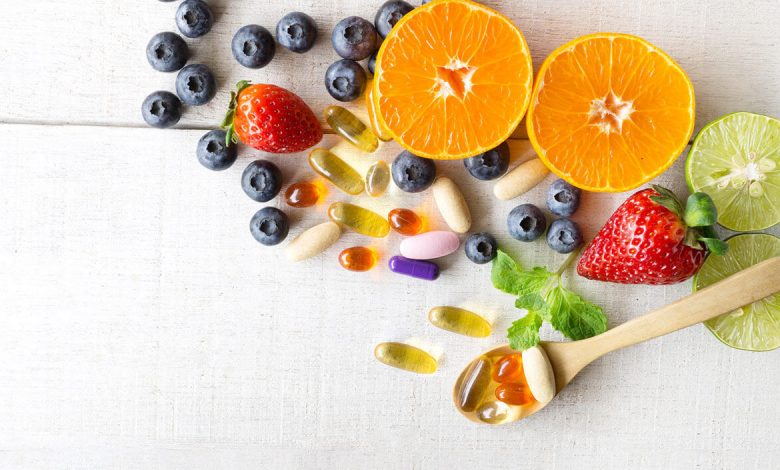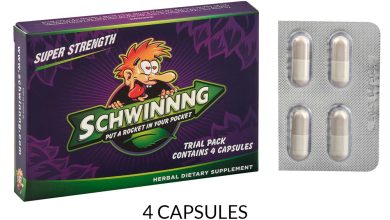Things to Avoid While Taking Prednisone

For most people, taking a new medication may mean switching up your lifestyle a bit and that includes the foods you eat. A food-drug interaction means that a specific nutrient or compound within the food changes the way your body metabolizes the medication, and this can either enhance or reduce the dose your body gets, according to Johns Hopkins Medicine. The potential results: an increased risk of side effects, many of which can be dangerous, or the drug not working as it was intended.
Before introducing a medication, ask your pharmacist about any food interactions, including with alcohol, and any adjustments you may have to make to your diet. In this article, we will discuss prednisone and the foods to avoid while taking it.
What is Prednisone?
Prednisone is a corticosteroid used alone or with other medications to treat the symptoms of low corticosteroid levels (lack of certain substances that are usually produced by the body and are needed for normal body functioning). Prednisone is also used to treat other conditions in patients with normal corticosteroid levels. These conditions include certain types of arthritis; severe allergic reactions; multiple sclerosis (a disease in which the nerves do not function properly); lupus (a disease in which the body attacks many of its own organs); and certain conditions that affect the lungs, skin, eyes, kidneys blood, thyroid, stomach, and intestines.
Prednisone is also sometimes used to treat the symptoms of certain types of cancer. Prednisone is in a class of medications called corticosteroids. It works to treat patients with low levels of corticosteroids by replacing steroids that are normally produced naturally by the body. It works to treat other conditions by reducing swelling and redness and by changing the way the immune system works.
How should I take Prednisone?
Prednisone comes as a tablet, delayed-release tablet, as a solution (liquid), and as a concentrated solution to take by mouth. Prednisone immediate-release tablets are available in six strengths: 1 mg, 2.5 mg, 5 mg, 10 mg, 20 mg and 50 mg. Delayed-release tablets are available in three strengths: 1 mg, 2 mg, and 5 mg. Prednisone oral liquid is available in one strength: 5 mg/5 mL.
Prednisone is usually taken with food one to four times a day or once every other day. Your doctor will probably tell you to take your dose(s) of prednisone at certain time(s) of day every day. Your personal dosing schedule will depend on your condition and on how you respond to treatment.
The typical dosage of prednisone can range from 5 mg to 60 mg by mouth per day. This depends on your condition and how bad it is. Your provider will raise or lower your dose based on how you respond and if you have any side effects.
Follow the directions on your prescription label carefully, and ask your doctor or pharmacist to explain any part you do not understand. Take prednisone exactly as directed. Do not take more or less of it or take it more often or for a longer period of time than prescribed by your doctor.
If you are taking the concentrated solution, use the specially marked dropper that comes with the medication to measure your dose. You may mix the concentrated solution with juice, other flavored liquids, or soft foods such as applesauce.
Swallow the delayed-release tablet whole; do not chew or crush it.
Your doctor may change your dose of prednisone often during your treatment to be sure that you are always taking the lowest dose that works for you. Your doctor may also need to change your dose if you experience unusual stress on your body such as surgery, illness, infection, or a severe asthma attack. Tell your doctor if your symptoms improve or get worse or if you get sick or have any changes in your health during your treatment.
If you are taking prednisone to treat a long-lasting disease, the medication may help control your condition but will not cure it. Continue to take prednisone even if you feel well. Do not stop taking prednisone without talking to your doctor. If you suddenly stop taking prednisone, your body may not have enough natural steroids to function normally. This may cause symptoms such as extreme tiredness, weakness, slowed movements, upset stomach, weight loss, changes in skin color, sores in the mouth, and craving for salt. Call your doctor if you experience these or other unusual symptoms while you are taking decreasing doses of prednisone or after you stop taking the medication.
Things to avoid while taking prednisone
There are several foods and beverages you should avoid while taking prednisone, they include:
Salty food: Prednisone may cause sodium (salt) and fluid retention, which can raise blood pressure and contribute to swelling. A small amount of salt in cooking is usually acceptable in helping to control this retention, but excessive salt use should be avoided.
Alcohol: Avoid alcoholic drinks and food made with alcohol while taking prednisone because it can worsen some side effects of prednisone, such as immune system suppression, bone weakening, and weight gain. It is best to speak with a doctor to avoid serious complications.
Coffee: Avoid coffee and other foods containing caffeine, because these can worsen insomnia, a side effect of prednisone. A caffeine drink lasts for up to 120 hours and can affect the way this medication works. Taking any medicine requires the use of coffee for at least three hours ahead of consumption.
Grapefruit and grapefruit juice: It’s best to avoid grapefruit and grapefruit juice while taking prednisone even though studies some grapefruit juice had no significant effect on the metabolism of prednisone or prednisolone. Some steroids like budesonide (Pulmicort) and methylprednisolone (Medrol) can reach higher blood levels if taken with grapefruit juice. This can dangerously raise your blood sugar levels and blood pressure, and cause other serious and sometimes long-lasting effects of too much steroids in the body.
Don’t take anti-inflammatory painkillers (NSAIDs) like aspirin, ibuprofen, or naproxen while you’re taking prednisone unless they’ve been prescribed by your doctor. This type of painkiller may increase the risk of side effects on the gut, such as stomach ulceration and bleeding.
The following products that may interact with prednisone include aldesleukin, mifepristone, drugs that can cause bleeding and bruising (including antiplatelet drugs such as clopidogrel, “blood thinners” such as dabigatran and warfarin,





